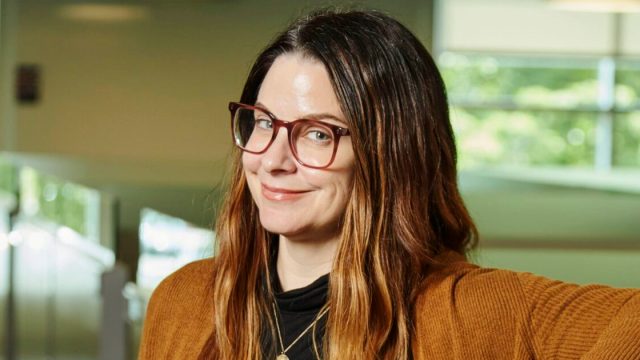The Mind Flayer casts a shadow wherever it goes… from the Upside Down to Broadway.
Midway through Stranger Things: The First Shadow—Netflix’s first production to tread the boards in the beating heart of American theater—the gargantuan spider-like creature from beneath Hawkins, Indiana, appears in the long-legged flesh. Towering above the stage of Manhattan’s Marquis Theatre, the Mind Flayer’s larger-than-life appearance stuns the crowd into silence.
That silence is almost immediately broken by the sustained cheers and applause of the Stranger Things faithful, who paid between $60 and $300 a ticket to experience the show’s world in three dimensions. (For the record, a $300 seat for The First Shadow is equivalent to a one-year premium tier Netflix subscription.)
And The First Shadow goes to great lengths to replicate the streaming experience in a theatrical setting, from the note-perfect recreation of Stranger Things’ opening credits to the cheeky “Next Episode” button that pops up as the audience heads to the door.
“This is all very much a part of the entire experience of watching the show,” confirms Kate Trefry, the longtime Stranger Things scribe that sibling creators Matt and Ross Duffer handpicked to write The First Shadow. “We’re crossing mediums, but it’s all part of the same story.”
Set in the 1950s, the play is technically a prequel to the events of the show. But it’s also a glimpse of the franchise’s future once the mothership series ends its five-season run later this year. Netflix has been preparing for Stranger Things’ next chapter for some time now, expanding the brand into different media, including books, video games, retail products, and live experiences.
“We’re always thinking about what a compelling next version of the story could look like,” says Josh Simon, Netflix’s vice president of consumer products. “But we’re doing it to entertain fans—not just create more stuff in the world.”
At the same time, the pop culture value of a brand like Stranger Things means that Netflix can’t afford to not create more stuff when the show ends.
“The Stranger Things fanbase is so loyal, what company would want to let them go?” observes Kendall Phillips, a professor and pop culture expert at Syracuse University. “The key will be whether Netflix is able to keep that fanbase engaged with the world of Hawkins.”











